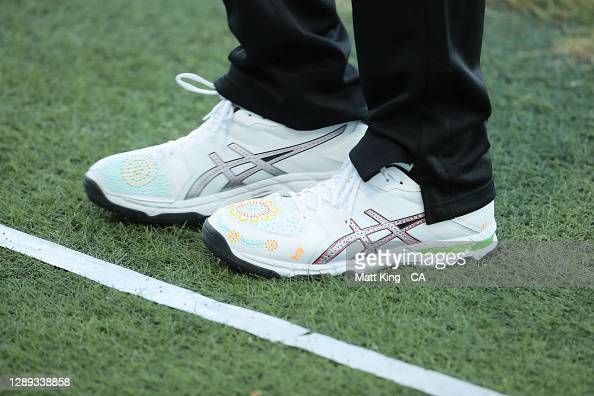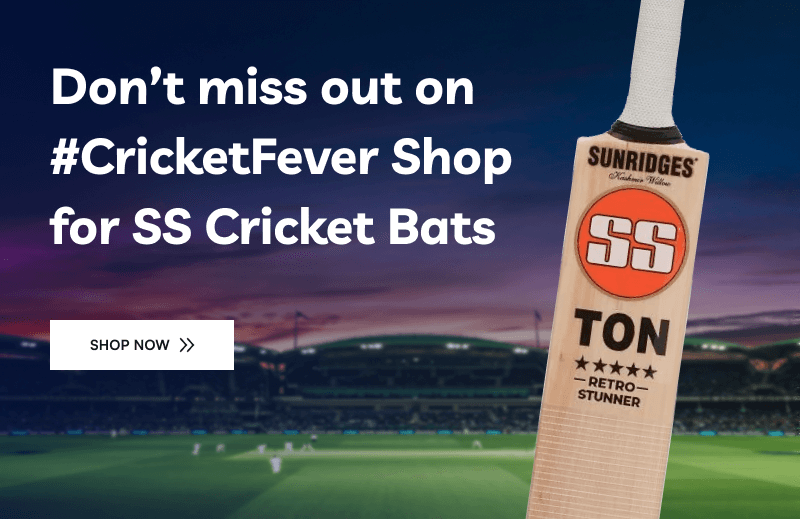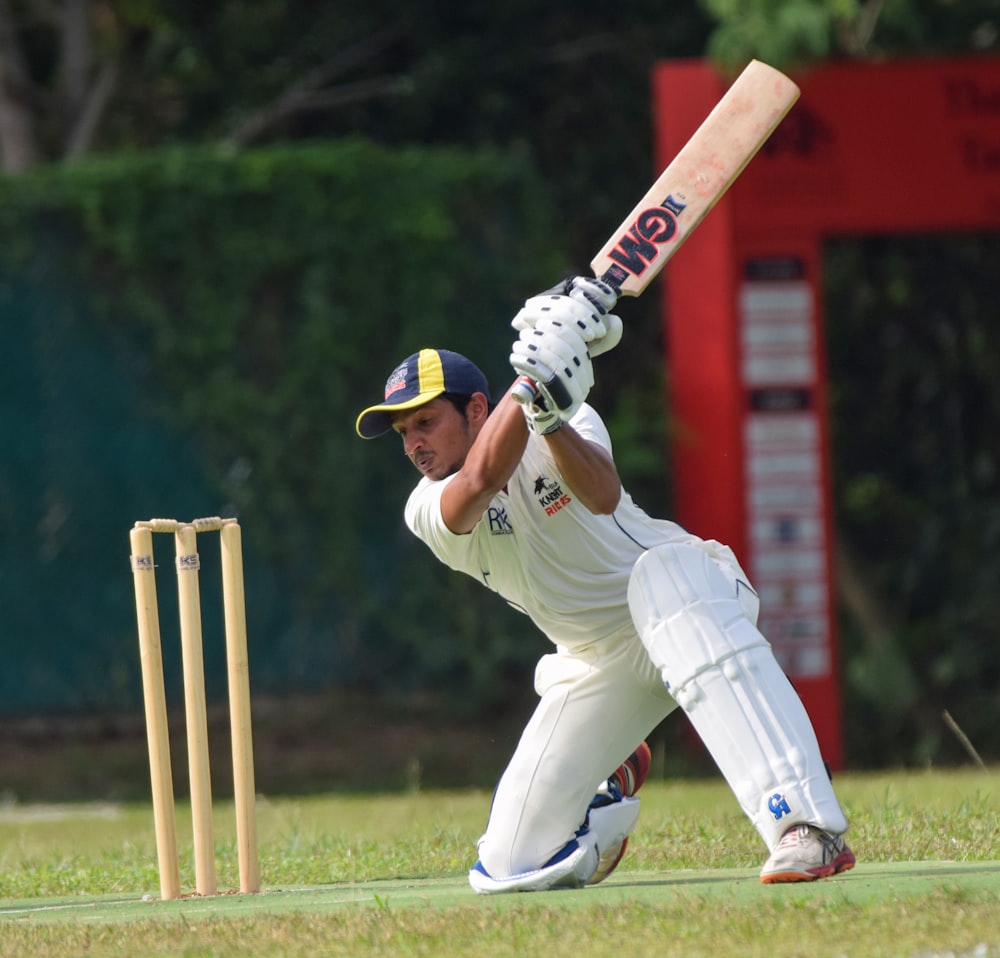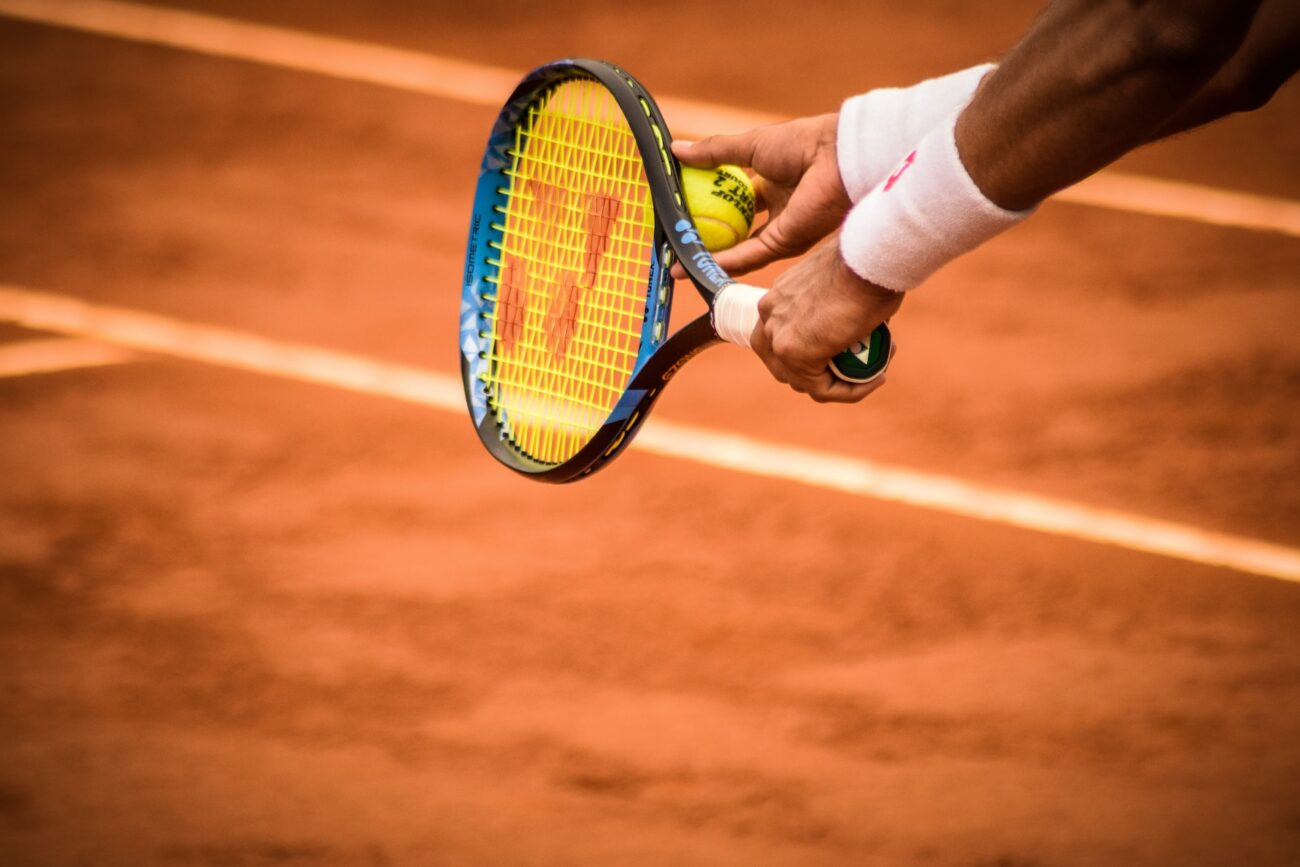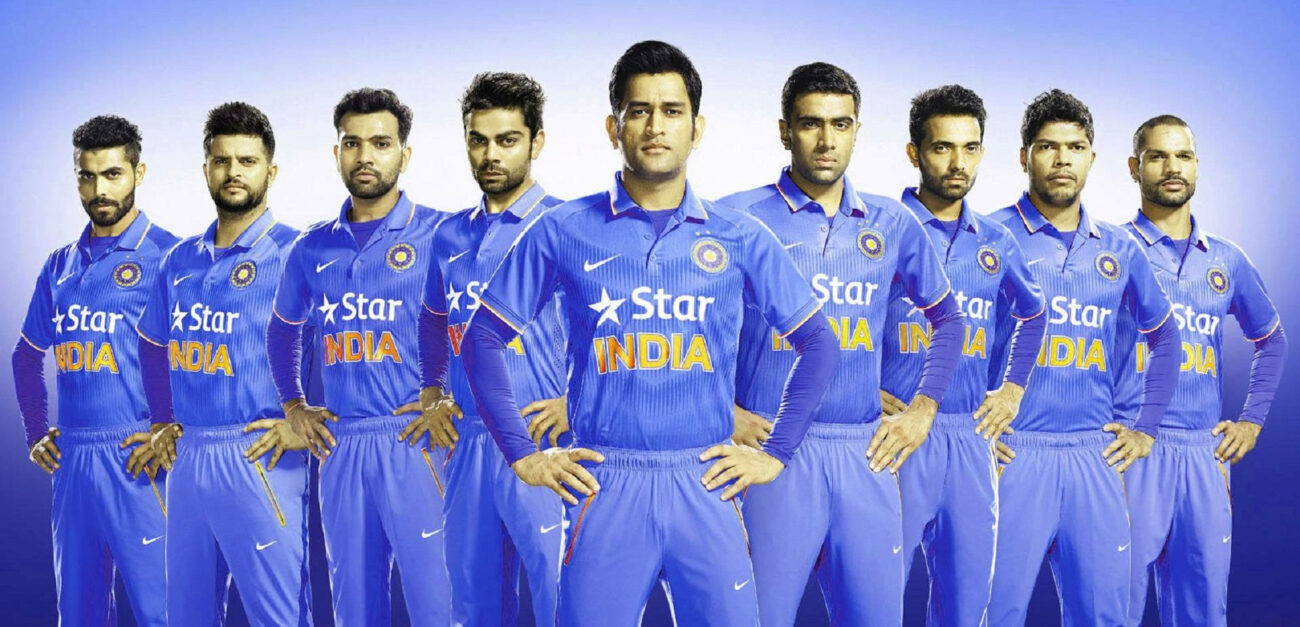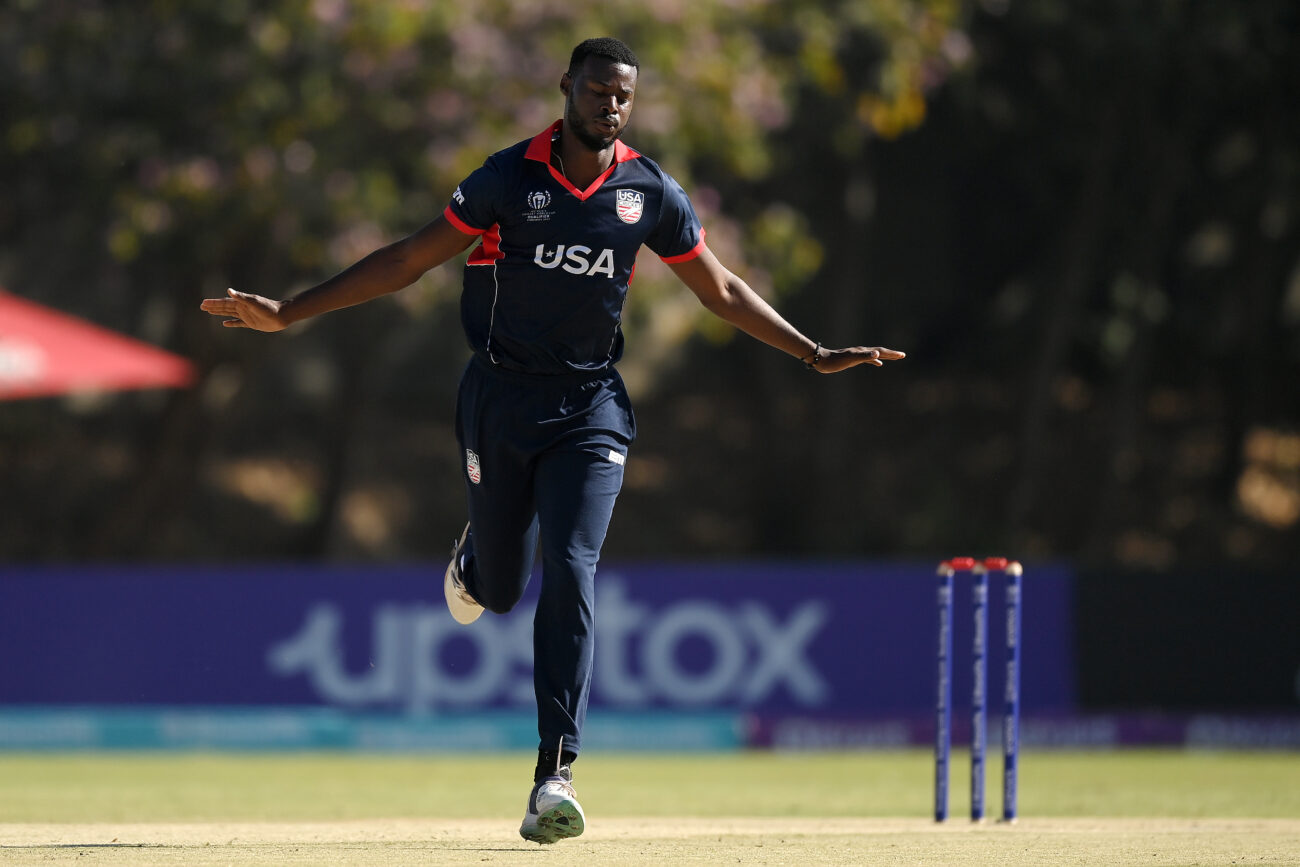Cricket, being a sport that demands agility, balance, and precise footwork, requires players to have the right footwear. Cricket shoes play a crucial role in providing stability, grip, and support on the field. Choosing the appropriate cricket shoes can enhance a player’s performance while also minimizing the risk of injury. With a plethora of options available in the market, it can be overwhelming to select the right pair. This article aims to guide aspiring cricketers and enthusiasts on how to choose the perfect cricket shoes, considering factors such as playing style, playing surface, shoe construction, and individual preferences.
Choosing the right cricket shoes is essential for optimizing performance and minimizing the risk of injuries on the field. By considering factors such as playing style, playing surface, shoe construction, and individual preferences, players can select shoes that provide the necessary stability, grip, and support. Understanding one’s playing style and specific requirements will guide the selection process. Additionally, considering the playing surface and opting for appropriate sole patterns or studs ensures optimal traction. The construction, materials, and fit of the shoes contribute to comfort, durability, and overall performance. It is advisable to try on different brands and sizes to find the perfect fit for your feet. By investing in the right cricket shoes, players can enhance their game and focus on delivering their best performance.
When it comes to selecting cricket shoes, batsmen should ideally opt for ones with rubber or metal spikes, as they offer excellent grip on the pitch and facilitate faster running. On the other hand, bowlers should prioritize shoes with studs, as they aid in achieving the correct landing position during their delivery stride.
Ensuring the right shoe size is equally important, as ill-fitting shoes can negatively impact performance. Tight shoes can restrict movement and cause discomfort in the toes and heels, while excessively large sizes may hinder the player’s ability to form a stable stride. For cricket, it is advisable to leave some breathing space for the toes in the front and allow room on the sides, particularly for individuals with broader feet.
By considering these factors, cricketers can make informed decisions when choosing cricket shoes that enhance their grip, speed, stability, and overall performance while ensuring optimal comfort and fit.
Here are the essential tips to choose the right pair of cricket shoes for YOU.
Understanding the Playing Style
Cricket encompasses various playing styles, and it is vital to select shoes that align with individual preferences and requirements. Selecting the appropriate pair of cricket shoes involves considering the player’s role on the field. Batters, for instance, need to assess their hitting preferences, focusing on whether they predominantly hit on the leg side or offside. This information is crucial for choosing the right shoes that cater to their specific needs.
If a batter tends to hit more on the leg side, they should opt for cricket shoes that offer balance, additional cushioning, and effective shock absorption. Since the pressure exerted on the feet is greater during leg-side shots, these features help mitigate the impact and provide enhanced support.
By understanding their playing style and shot selection, batsmen can make an informed decision when it comes to selecting cricket shoes that optimize their performance and provide the necessary support and comfort during intense matches or training sessions.
Here are a few factors to consider:
a) Batsmen:
Batsmen require shoes that provide excellent grip and support during quick sprints, while also facilitating swift movement between the creases. Lightweight shoes with responsive cushioning and a snug fit are ideal for batsmen. Look for shoes with reinforced toe protection to guard against impact.
b) Bowlers:
Bowlers need shoes that offer stability, traction, and support for sudden and forceful movements during their run-up and delivery stride. Bowling shoes should have a sturdy sole with ample grip to prevent slippage during the release. Opt for shoes with added ankle support to reduce the risk of twisting or spraining.
c) All-rounders:
All-rounders perform both batting and bowling roles, necessitating versatile shoes. They require a balance between stability, comfort, and agility. Look for shoes that offer a combination of features from both batsmen and bowlers’ shoes, providing adequate cushioning, support, and traction.
Considering the Playing Surface
Different cricket pitches and playing surfaces call for specific shoe features. When you step out to play cricket, whether it’s a fast-paced match or training in the nets for an upcoming game, having a reliable pair of cricket shoes is essential. These shoes not only provide much-needed support to your feet but also enhance your performance on the pitch. They offer stability and protection, reducing the risk of injuries.
For batsmen, a well-fitting pair of cricket shoes ensures the correct posture and stance when facing the incoming ball, contributing to better shot execution. Bowlers benefit from the right cricket shoes by aiding them in landing accurately and maintaining stability during the overarm delivery. Fielders can rely on the appropriate shoes to enhance their speed and agility while maintaining balance on the field. Consider the following factors:
a) Turf/Grass Pitches:
For traditional turf or grass pitches, cricket shoes with spikes or studs are recommended. Metal spikes provide superior grip on soft and moist surfaces, while rubber or plastic studs offer better traction on dry surfaces. Removable spikes allow customization based on ground conditions.
b) Artificial Pitches:
Artificial pitches, commonly found in modern cricket facilities, require shoes with non-marking rubber soles or specialized sole patterns. These shoes provide excellent grip without damaging the pitch surface. Look for shoes with multidirectional sole patterns to aid in quick changes of direction.
c) Indoor/Net Practice:
Indoor cricket facilities or net practice sessions usually involve hard surfaces such as concrete or wooden floors. For such surfaces, shoes with non-marking rubber soles or gum soles are appropriate. These shoes offer cushioning and grip while minimizing the risk of slipping or marking the surface.
Shoe Construction and Materials
Before purchasing cricket shoes, players need to assess the material used in their construction. Typically, cricket shoes are crafted from synthetic leather called polyurethane (PU). This material is chosen for its softness and flexibility, allowing for unrestricted movement of the feet during play. The selected material should prioritize comfort, breathability, and adequate space for the legs.
Furthermore, the midsole cushioning is a vital consideration, as it protects the feet and toes, reducing the risk of potential injuries. Adequate cushioning ensures a comfortable and secure fit, enhancing the player’s overall performance on the field. By taking into account the material composition and cushioning of the cricket shoes, players can make an informed decision and select footwear that offers comfort, flexibility, and sufficient support during cricket matches and training sessions.
When buying cricket shoes, it’s important to consider your skill level, whether you are a beginner, intermediate, or professional player. Additionally, take into account the duration of your training and practice sessions. If you engage in long and exhaustive sessions, opting for highly durable shoes is recommended.
Another crucial aspect to assess is the type of outsole. Cricket shoes are designed to withstand extreme weather conditions. Full-spike shoe soles typically feature metal spikes that can be removed. These shoes are suitable for bowlers and fielders who need to run on grassy fields, as the spikes offer enhanced traction.
On the other hand, stud shoe soles have rubber studs that are soft and durable. These shoes provide reliable grip and are suitable for various playing conditions. By evaluating your game level, and practice duration, and considering the appropriate outsole type, you can make a well-informed choice when purchasing cricket shoes that align with your specific needs and offer the necessary durability and traction for optimal performance on the field.
Consider the following aspects:
a) Upper Construction:
The upper part of the shoe should provide a comfortable fit and excellent breathability. Look for shoes with mesh or synthetic uppers that offer ventilation and reduce moisture buildup. Reinforcements in high-stress areas, such as the toe and heel, enhance durability.
b) Cushioning and Support:
Adequate cushioning is crucial to absorb shock and reduce the risk of injuries, especially during long hours of play. Look for shoes with responsive midsole cushioning, such as EVA or Phylon, which provide a balance of comfort and support. Additionally, shoes with ankle support features can help prevent sprains.
c) Outsole and Traction:
The outsole of cricket shoes should provide reliable traction and grip. Look for shoes with a durable rubber outsole that offers multidirectional traction. The pattern on the outsole should be designed to provide maximum grip on the specific playing surface. Additionally, the outsole should be flexible enough to allow natural movement while providing stability during quick changes in direction.
d) Ankle Support:
Cricket involves dynamic movements that put a strain on the ankles. Shoes with proper ankle support can help reduce the risk of ankle sprains and provide stability during lateral movements. Look for shoes with padded collars or ankle straps that offer additional support and protection.
e) Fit and Comfort:
The fit of cricket shoes is crucial for overall comfort and performance. Ill-fitting shoes can cause discomfort, and blisters, and affect mobility on the field. Ensure that the shoes provide a snug fit without being too tight or too loose. Consider trying on multiple brands and sizes to find the right fit for your foot shape.
f) Durability:
Cricket shoes undergo considerable wear and tear due to the nature of the sport. Look for shoes made from high-quality materials that can withstand the demands of the game. Reinforcements in high-stress areas, such as the toe and heel, can enhance durability and prolong the shoes’ lifespan.
g) Brand and Reviews:
Consider reputable brands that specialize in cricket footwear. Research customer reviews and feedback to gauge the performance, durability, and comfort of the shoes. Personal recommendations from fellow cricketers or coaches can also be valuable in making an informed decision.
Important aspects to consider before buying shoes
When buying cricket shoes, it’s important to consider your skill level, whether you are a beginner, intermediate, or professional player. Additionally, take into account the duration of your training and practice sessions. If you engage in long and exhaustive sessions, opting for highly durable shoes is recommended.
Another crucial aspect to assess is the type of outsole. Cricket shoes are designed to withstand extreme weather conditions. Full-spike shoe soles typically feature metal spikes that can be removed. These shoes are suitable for bowlers and fielders who need to run on grassy fields, as the spikes offer enhanced traction.
On the other hand, stud shoe soles have rubber studs that are soft and durable. These shoes provide reliable grip and are suitable for various playing conditions.
By evaluating your game level, and practice duration, and considering the appropriate outsole type, you can make a well-informed choice when purchasing cricket shoes that align with your specific needs and offer the necessary durability and traction for optimal performance on the field.

